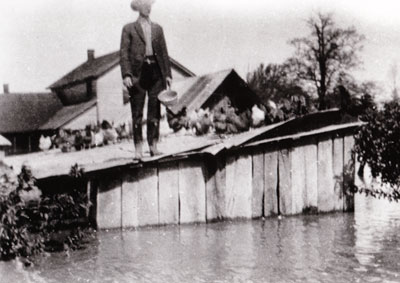"Modernity" and U.S. farm women's poultry operations. Jane Adams,Southern Illinois University
- Metaphorically, a quickening metabolism developed between farm women’s poultry raising and urban consumer markets. For reasons that remain quite obscure, unlike dairy and market gardening, in which fully commercial production devolved onto men or to husband and wife working in tandem, (6) women became poultry producers par excellance. (7) As scale and the division of labor increased, women specialized in raising chicks (see ads in Farm Journal and other magazines), eggs, and fryers. Some men entered these fields of production, as well, but chickens remained largely women’s specialty. (8) This expertise was recognized by the developing institutions promoting more efficient agriculture, such as the Agricultural Institutes in Illinois, in which women addressed the participants concerning good techniques for successfully raising poultry.
- Farm women, as well as farm men, therefore, entered the industrial economy as petty commodity producers. Like urban wives, farm women added value to goods they produced or purchased by transforming them in the domestic sphere. But unlike urban wives, they also produced goods for the market and earned income that in most ethnic groups they controlled. (9)

|
"Modernity" and U.S. farm women's poultry operations: farm women nourish the industrializing cities 1880-1940. Paper presented at the international conference, The Chicken: Its Biological, Social, Cultural, and Industrial History: From Neolithic Middens to McNuggets. May 17-19, 2002, Yale University, Program in Agrarian Studies. © Jane Adams 2002
|
|